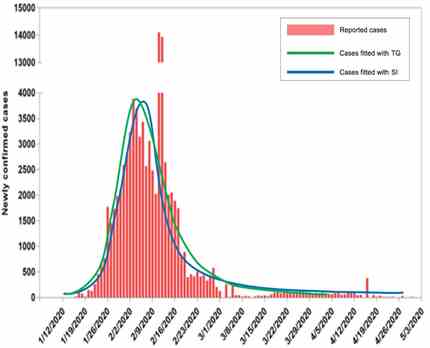Study of presymptomatic COVID-19 cases in China highlights the importance of screening
Published 02 July, 2021
In response to the novel coronavirus SARS-CoV-2, countries have introduced active measures to prevent and control infections. However, many of these requirements, for example, self isolation, are only effective if the person infected is already displaying symptoms and recognizes the need to take preventive action.
Similarly, the time that passes between an initial case of the virus and secondary cases – also known as the generation time (GT) – is challenging to calculate when the people involved are presymptomatic. As a result, the method most commonly used to measure GT is serial interval (SI), which is based on the timing of symptom onset in the primary and secondary cases.
Researchers behind a recent study published in the KeAi journal Fundamental Research set out to estimate the time of presymptomatic period and transmission generation (TG). The presymptomatic period is the interval between the time point of infection and the time point at which a person displays symptoms of COVID-19. The transmission generation (TG) represents the time interval between the primary cases being infectious and the secondary cases being infectious. The researchers also compared how effectively TG and SI parameters fit a specific SEIHR (susceptible-exposed-infected-hospitalized-removed) model, selected because it is a close reflection of the observed pandemic curve. They incorporated surveillance data from 3,453 cases of COVID-19 recorded in 31 provinces in China.
A likelihood framework was established with observed data to estimate the TG and presymptomatic period. The researchers allocated the data into three distributions (Gamma, Lognormal, Weibull) to fit the average incubation period of COVID-19 patients in eight of the most representative provinces. They found that the Weibull distribution model fitted the TG best. Using the data, they found that the TG mean was 5.2 days (95% CI: 4.7-5.8 days), while the SI mean was estimated at 4.0 days (95% CI: 2.1-5.8 days). The results of the dynamic model show that the TG parameter slightly outperformed the SI parameter, making TG a more effective measure of GT.
Co-corresponding author Hongbing Shen noted: “By comparing the fit effect of different parameters, the study found that TG was better than SI, and the average presymptomatic infection period is 2.4 days. This information can help the Centers for Disease Control and Prevention more accurately select the time node to screen close contacts.

Contact the paper’s corresponding authors: Hongbing Shen, hbshen@njmu.edu.cn | Zhihang Peng, zhihangpeng@njmu.edu.cn